I’m a serial renovator and these are the 8 roofing mistakes I see homeowners make, and how to avoid them
Whether carrying out repairs to your roof or replacing the entire thing, these are the mistakes the experts want you to know about
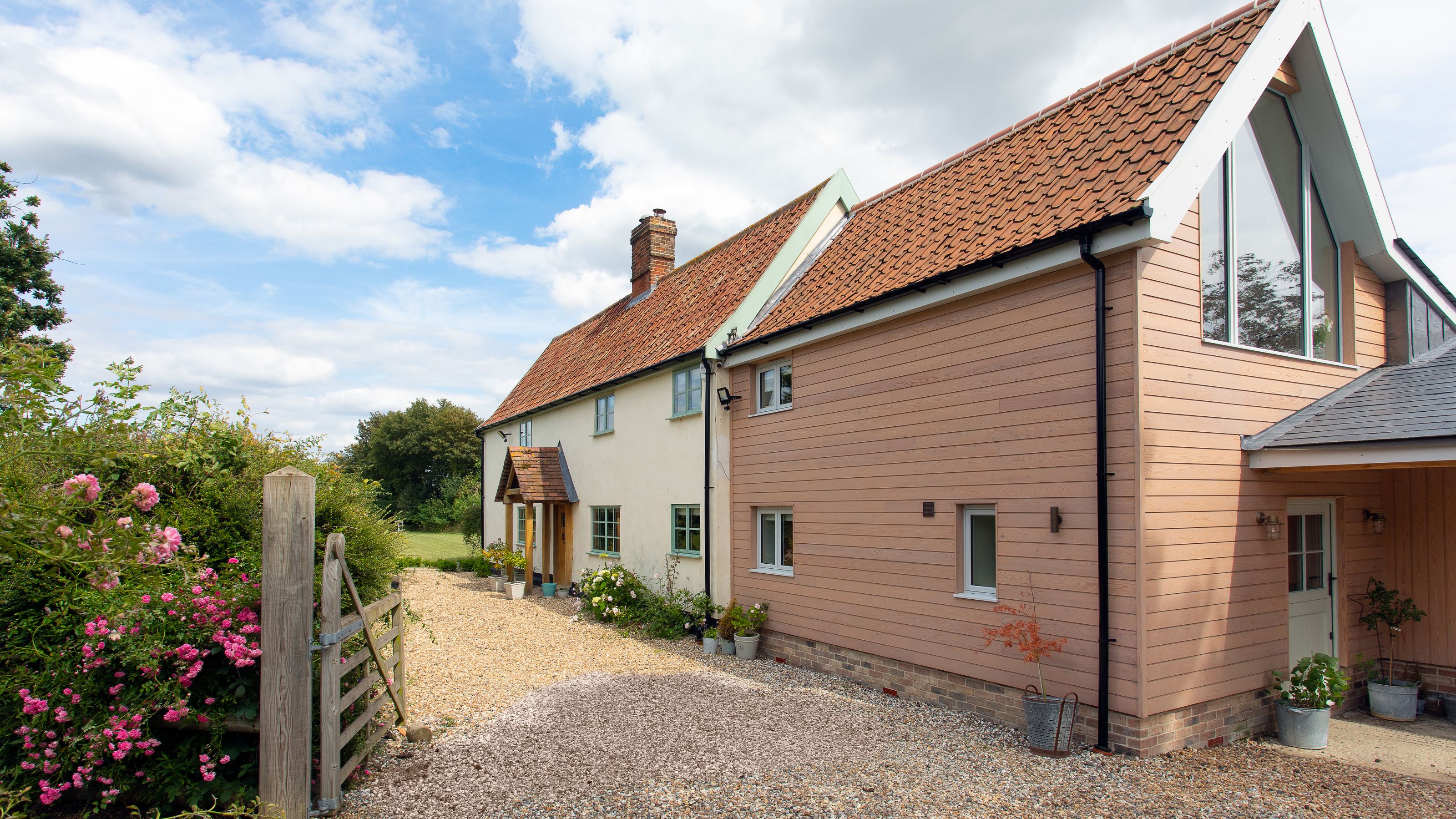

As one of the most integral parts of any house, avoiding roofing mistakes is so important if you want to ensure your home remains dry and comfortable, looks beautiful and protects you properly from the elements.
When carrying out roof replacement or repairs, it is important to be aware that roofs are made up of far more than you see, meaning while the covering you choose is incredibly important, it is crucial to look at the structure as a whole – in short, there is a lot going on under the surface that also needs to be considered.
Given its prominent position and pivotal role in protecting your home, we asked the experts for the mistakes they commonly see homeowners making so you can avoid doing the same.
1. Prioritising cost over quality
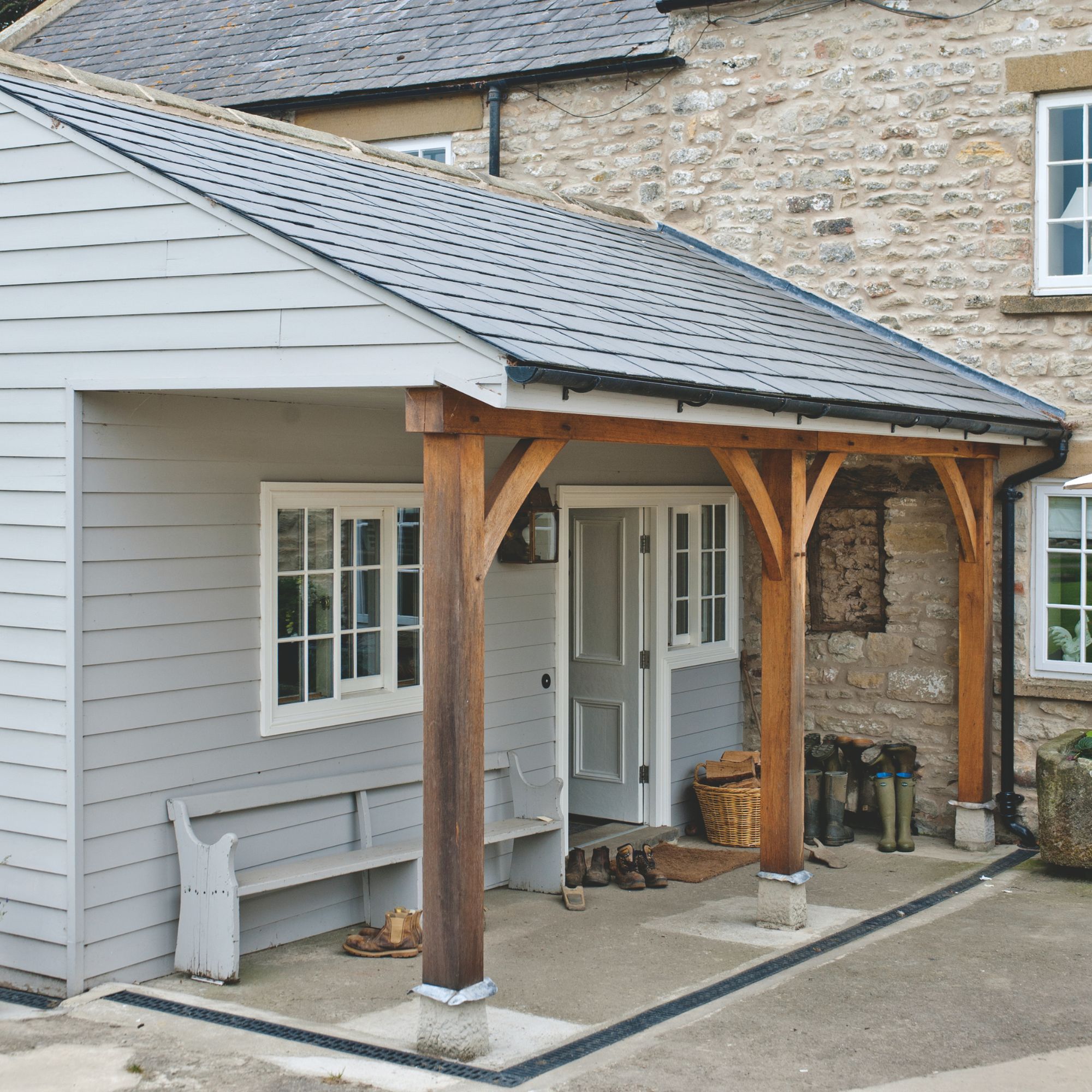
Even if you are working to a tight budget, make sure you use the best quality materials you can for your roof
This is a huge one – choosing the wrong materials, including roof tiles based on cost alone. Don't let seeking the cheapest materials for your roof result in something that looks all wrong or that needs replacing just a few months later, leaving you to hope your roof insurance will cover the extra work.
'One thing I see a lot is people going ahead with a new roof but picking materials just because they’re cheap or look nice, without thinking if they’re right for the property,' explains Ben Mansfield, property expert and co-founder of Apex Innovations. "The wrong tiles or poor-quality felt can cause issues down the line – leaks, heat loss or even damage to the roof structure.'
'I recently inspected a period home where the natural Welsh slate roof had been replaced with a cheaper fibre-cement alternative, a move driven by cost rather than compatibility,' picks up building surveyor, and founder of Fourth Wall, Joshua Weston. 'Not only did the new material clash visually, it also lacked the durability of its predecessor, with visible signs of deterioration after just 10 years.'

Joshua was RICS Young Building Surveyor of the Year 2022 and is a RICS Professional Group Panel Member for Building Surveying and Building Control. He founded Fourth Wall in late 2020 having had a wide ranging experience of projects and professional instructions across the North West and the UK at various scales and stages of development, design and delivery. He works closely with clients and consultant teams on residential and commercial schemes, with a keen interest in appointments which provide social value and rejuvenate existing heritage sites to create interesting and engaging spaces.
2. Assuming all materials are created equal
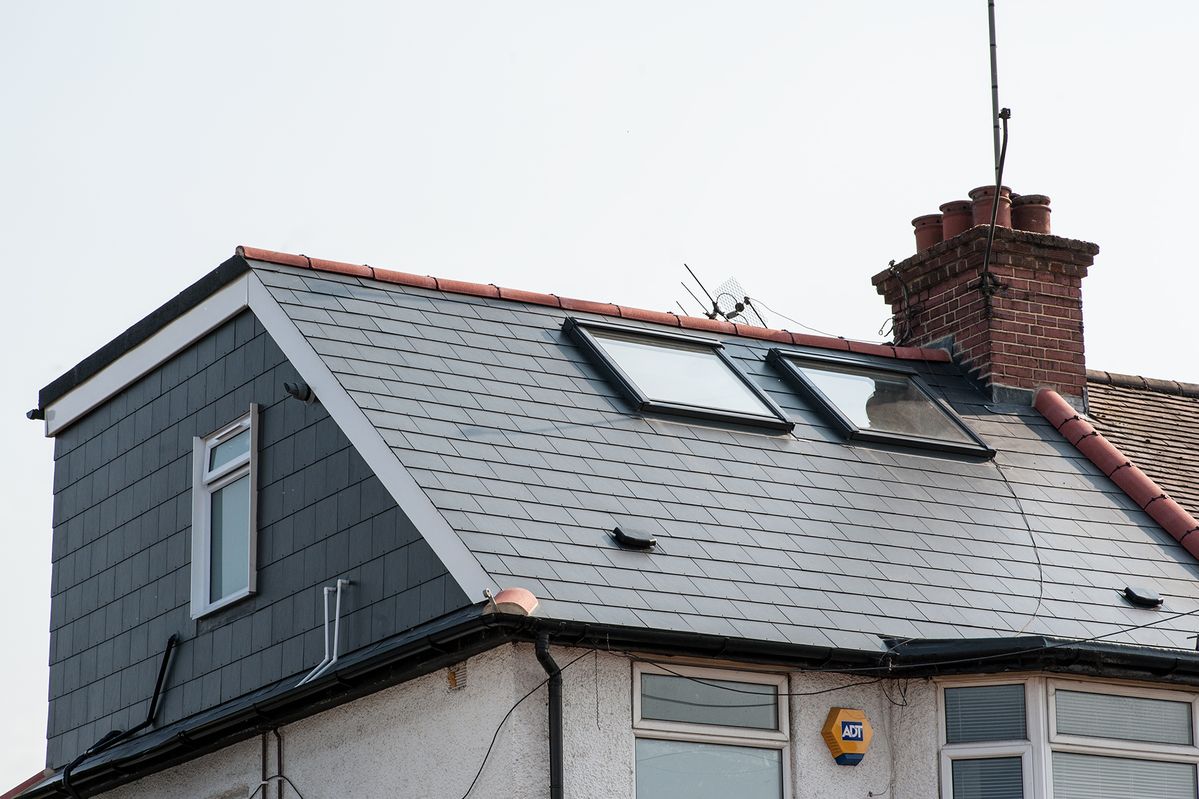
This brings us nicely on to the next point – failing to research roofing materials properly. This is about far more than just the kerb appeal of your home, but also how it performs
Sign up to our newsletter for style inspiration, real homes, project and garden advice and shopping know-how
'Homeowners often assume slate is slate, or a roofing tile is a roofing tile, but quality varies widely,' explains Joshua Weston. 'Imported or artificial slates may not meet the same performance standards, and in listed or conservation areas, they may not comply with planning conditions or heritage constraints. The key is to match both the technical specification and aesthetic. In wetter regions or on low-pitched roofs, heavier slates or clay tiles with appropriate overlap are typically more robust.
'Always check with your contractor what materials they are pricing for when they provide a quote,' continues Joshua. 'And consult technical data sheets and check suitability with the manufacturer before making your final choice. Where in doubt, take advice from a qualified professional.'
3. Overlooking the underlying structure
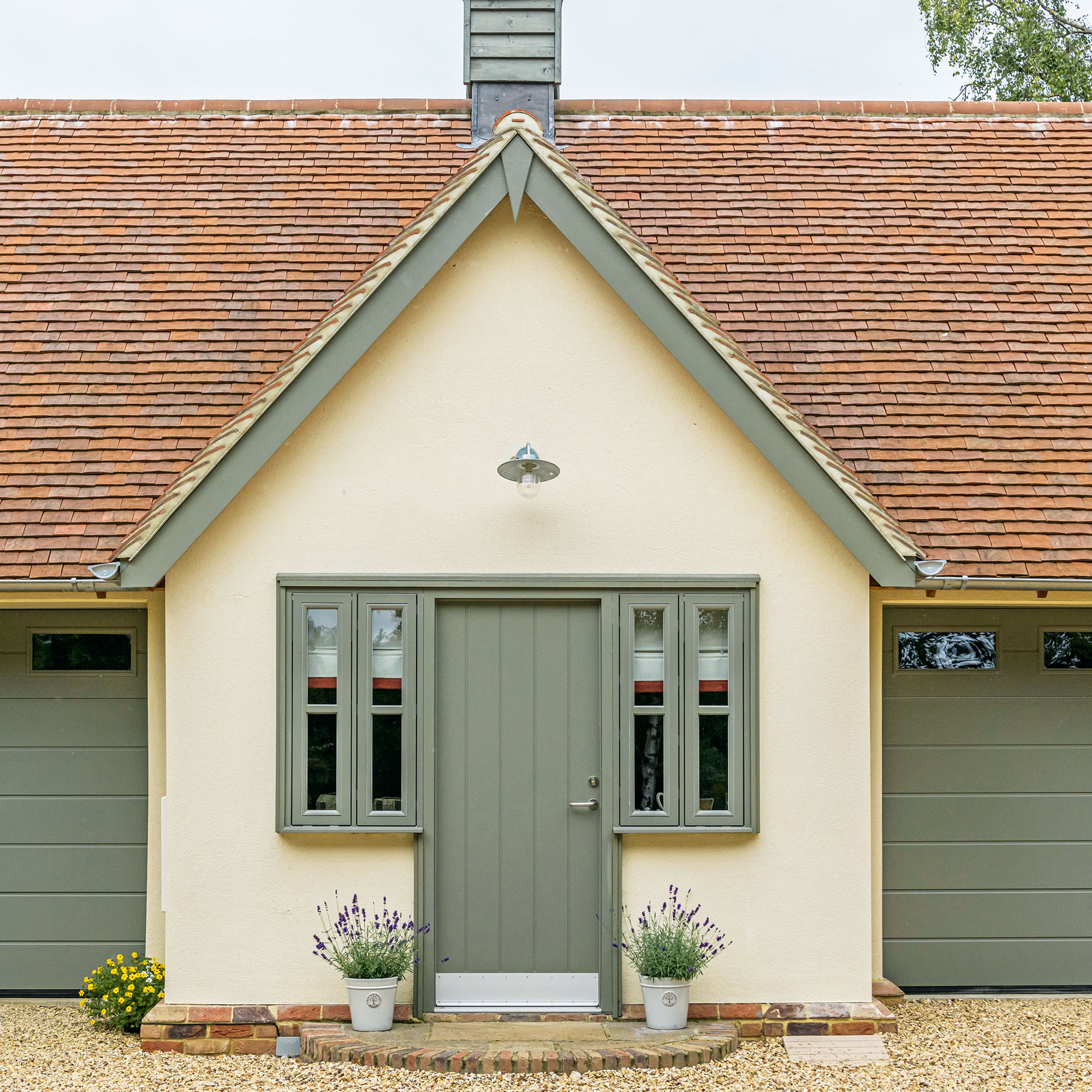
For a successful roof project, make sure the existing structure is checked and remedied if required
The tiles or slates you choose to cover your roof are just one element – the structure itself also needs to be taken into account.
'People often focus on the outer layer but skip assessing the roof timbers or existing insulation,' points out Ben Mansfield. 'If that stuff is in poor condition, you’re just putting a new roof over old problems.'
Everything from the condition of the timber used to form the roof's structure to its insulation and ventilation need to be assessed when carrying out replacement or repair.
Ben is founder of Apex Innovations, specialists in helping homeowners and private tenants access the benefits of the ECO4 government grant.
4. Failing to understand the cost of a new roof

Just how much does a new roof cost? If you still aren't sure, do your research early on to avoid running into problems later down the line.
'It’s easy to focus on the headline quote when planning roof works, but that can be just the start and without a clear breakdown you can't be sure what you're actually going to get,' warns Joshua Weston. 'Clients frequently overlook hidden costs: scaffold access (especially over conservatories or public highways), skip hire, waste permits, and even temporary protection for internal finishes.
'In several cases, I’ve seen works delayed mid-way due to an unexpected need for insulation upgrades, triggered by Building Regs compliance,' continues Joshua. 'To avoid this, I recommend budgeting with a detailed cost plan and price breakdown from your contractor.
'Here’s an example guide for a typical 3-bed semi:
- Strip and re-tile: £6,000–£10,000
- Scaffolding: £800–£2,000
- Insulation upgrades (where required): £500–£1,500
- Waste removal and site clearance: £300–£700
- Contingency: 10–15% of total
5. Leaving old insulation in place
Whether you are looking at complete roof replacement or simply a few repairs or upgrades, checking the existing insulation is key to the success of the final result.
There are lots of different loft insulation methods. It is well worth upgrading your home’s roof insulation to 270mm in thickness – the building regulations required minimum depth for new builds.
'When it comes to insulation, it’s worth knowing that millions of UK households qualify for government-funded upgrades through the ECO4 scheme,' points out Ben Mansfield. 'If your home’s EPC rating is D or lower, and you’re on a low income or receive certain benefits, you could get up to £10,000 worth of insulation and heating improvements for free – including loft insulation and room-in-roof insulation. It’s a huge help, especially if you’re already doing major work like a new roof.'
6. Forgetting about roof ventilation
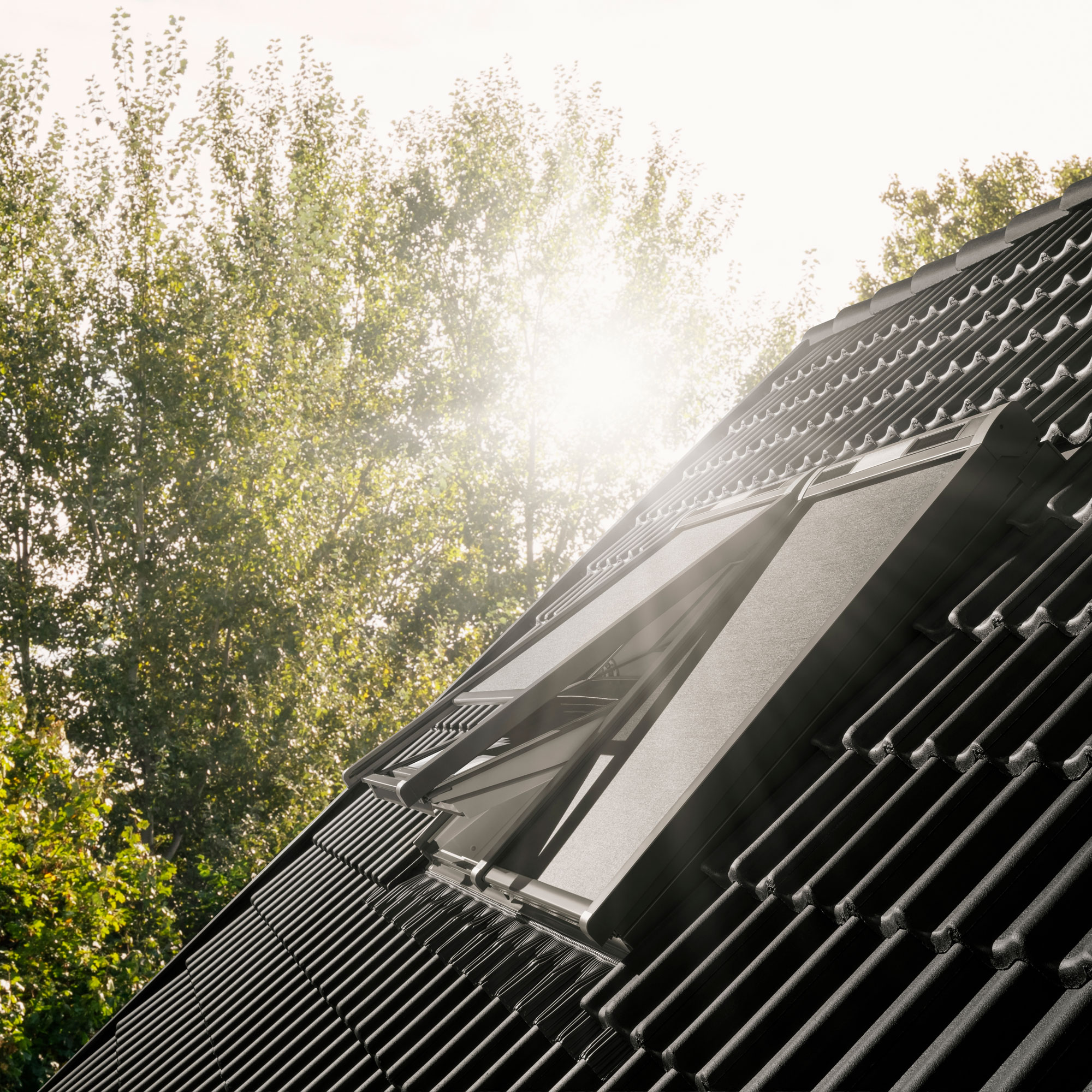
Poor ventilation in the roof can cause all kinds of serious issues – loft condensation included – if not dealt with.
'Ventilation is often forgotten in roof refurbishments – until the consequences appear,' warns Joshua Weston. 'I’ve inspected everything from post-war bungalows to Edwardian terraces where poor airflow has led to moisture build-up, internal mould, and even hidden structural decay. It’s a particular issue in pre-1945 homes, where modern insulation retrofits clash with older construction methods.
'The solution isn’t one-size-fits-all,' continues Joshua. 'Options like tile vents, ridge vents, or soffit detailing may be suitable, but what’s essential is a holistic design tailored to the property’s needs. I strongly recommend engaging a qualified retrofit assessor under PAS 2035 to ensure any upgrade considers ventilation, insulation, and moisture control as a single system. It’s a small investment that protects the whole property.'
7. Choosing an unvetted contractor
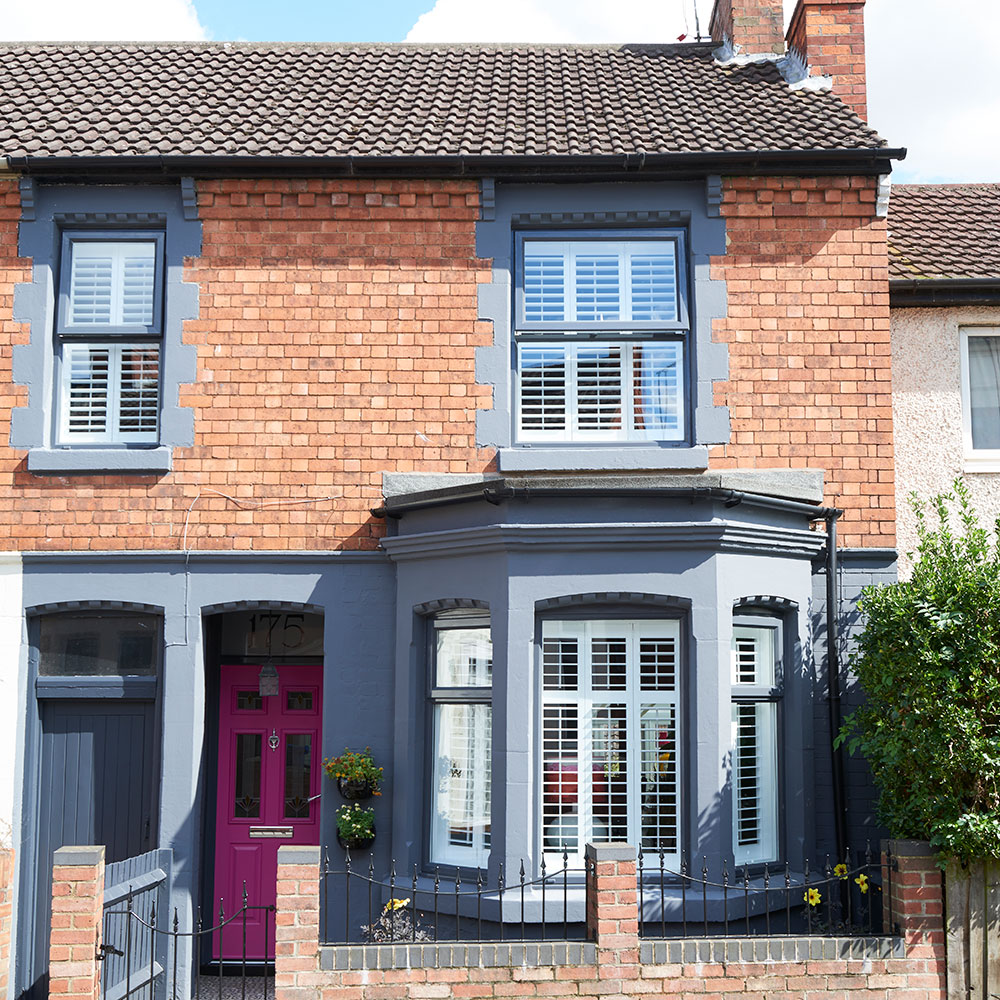
With any renovation project, finding the best tradespeople is key to a successful result
As an integral part of your home's structure, you really need to looking into how to find a good builder and be sure that whoever you get in to carry out repairs or upgrades to your roof can be trusted to carry out the work properly.
'There’s no shortage of horror stories about roofing jobs gone wrong; from rushed installations to entire roofs needing replacement due to poor workmanship,' says Joshua Weston. 'While online trade directories are popular, they can’t replace direct recommendations.
'I advise homeowners to do their homework: ask for contactable references, check public liability insurance (minimum £2m), and insist on a written JCT Minor Works contract,' continues Joshua. 'Be wary of red flags such as large deposits, vague pricing, or contractors who can 'start tomorrow' – all should raise eyebrows. A good contractor won’t rush you, will be happy to put everything in writing, and will have a paper trail of successful jobs. Don’t leave your roof to chance and vet carefully.'
8. Neglecting building regulations requirements
And, finally, never ignore the requirements of the building regulations when it comes to your new roof. These regs are there for a reason.
'One of the most common oversights I encounter is failing to notify Building Control when replacing a roof,' reveals Joshua Weston. 'Many homeowners – and even some contractors – don’t realise that significant roof works must comply with Part L of the Building Regulations, particularly regarding insulation upgrades.
'I've seen property sales delayed because a compliance certificate wasn't issued at the time of the work,' continues Joshua. 'Although homeowners can make the application themselves, I’d advise against leaving this to the builder. Either manage it personally or ask your surveyor to oversee it. Retrospective approval (known as regularisation) is possible, but it's time-consuming and potentially costly. Far easier to do it right the first time and have the paperwork in place when it matters most.'
FAQs
What are the signs that a roof needs replacing?
Even if you are aware how to maintain your roof, there will come a time when it may well need repairing.
You should be on the lookout for water leaks, light coming into your loft through the roof, moss growth or mould on your roof tiles, missing tiles and signs of sagging. All indicate issues.
Once your roof is in tiptop condition, how about looking into some loft conversion ideas to see whether you could be making more use of this often-overlooked area of your home?

Natasha has been writing about everything homes and interiors related for over 20 years and, in that time, has covered absolutely everything, from knocking down walls and digging up old floors to the latest kitchen and bathroom trends. As well as carrying out the role of Associate Content Editor for Homebuilding & Renovating for many years, she has completely renovated several old houses of her own on a DIY basis.